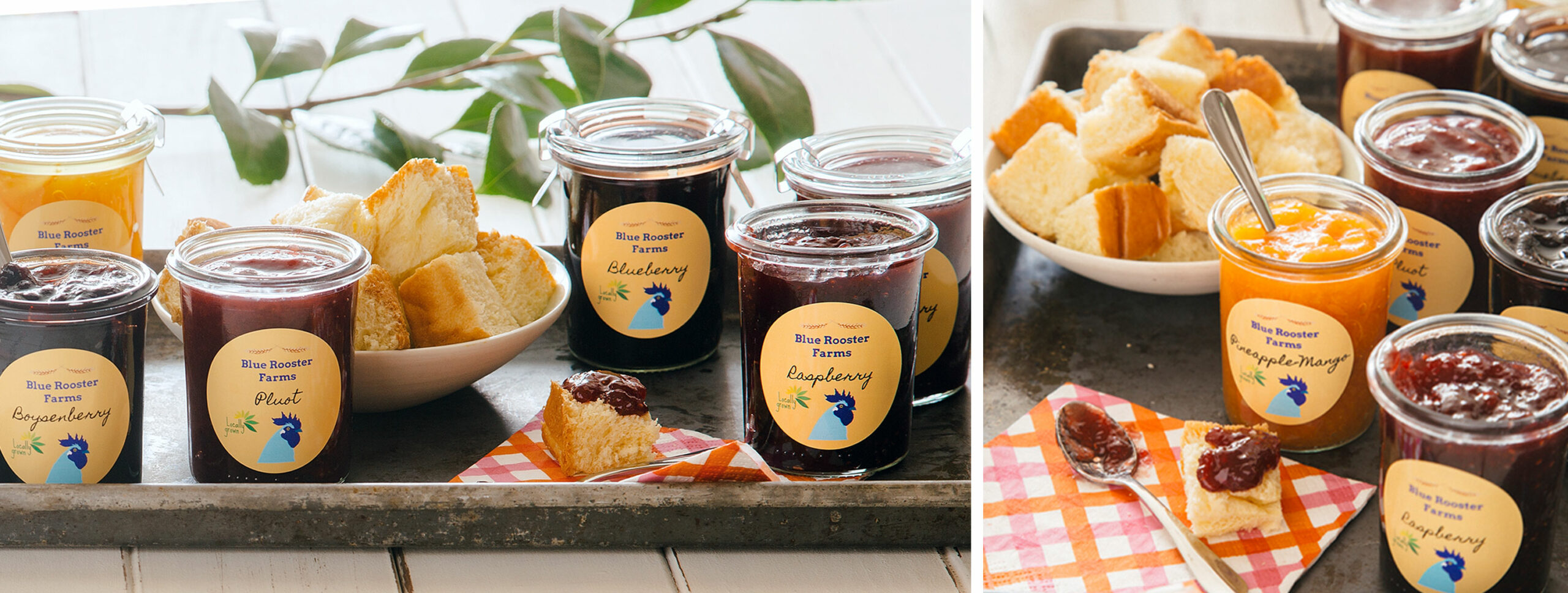
3 Tips for Selling Without a Storefront
Estimated reading time: 7 minutes
Inexpensive ways to sell products without a retail location
Many new businesses can’t afford the investment and overhead of a permanent, brick-and-mortar location. And rising rents and utilities are forcing some established businesses to leave storefronts and rely solely on e-commerce sales. Fortunately, there are still some inexpensive ways to get your products seen and sold without a storefront. From farmers’ markets and craft fairs to holiday boutiques and swap meets, we’ve got some ideas for you to explore that can help launch your new business or supplement established sales.
1. Find the right venue for your products
The perfect temporary “store” location is different for every business. Not every company can sell its products at the local farmers’ market or retail boutique. So get out and do some research. Visit a variety of markets, boutiques, swap meets and trade shows where your products might fit in. Try to avoid places with too much competition or not enough foot traffic. And make sure you have a strong business plan before renting space or making any investments.
Farmers’ markets & swap meets
These great local events are perfect for setting up an inexpensive shop on a weekly, bi-weekly, or monthly basis. It’s easy to establish a consistent presence so your customers know where to find you. Sell at different markets in the same region to expose your products to more prospects. And let your regular customers know so they can refer friends, family, and co-workers. Referrals from loyal customers are one of the top ways to attract new customers.
Trade shows, festivals & fairs
Selling at industry-specific events puts you directly in front of your target demographic, and is an ideal way to build leads. Events like holiday boutiques, art festivals, and craft fairs are great for showcasing items and interacting with prospects. If your budget allows, visit other regions to reach even more customers. Always check out events in person before signing a contract to make sure it’s the right fit.
Shopping mall & market kiosks
Whether you lease a kiosk at the mall or you own one you can travel with, kiosks are great for reaching large markets. There’s no need to stock an entire store with inventory. You can pick and choose when and where you want to sell. Kiosks are also great for interactive products that need demos, as you can attract passersby with fun, informative presentations. Make sure to come prepared with samples and a sales plan to show the property owner why your business is a good fit.
Popup shops
The current market for pop-up shops stays steady. Every brand from Barbie to Girl Scout Cookies has tried their hand at the shopping experience. Opening a temporary storefront for a few days or months allows businesses the flexibility to book a spot when it’s most profitable. For existing brands, it’s a good way to capitalize on seasonal events. Try opening near a special holiday or occasion that ties closely with your brand. For instance, if you sell artisan chocolates, open on or near Valentine’s Day. If floral arranging is your thing, set up shop on Mother’s Day.
Boutiques
Sell your products at local retail shops. Visit stores in your area, and meet the owners to discuss a potential partnership. Bring samples of your products and examples of how they display so they can see how they will fit in with their store. Also, bring a sell sheet that you can leave with them. If the shop owner agrees, set up a display and spend a few days a month in the store. This will allow you to connect with customers and tap into their prospects that visit the location.
2. Prepare your setup
Your presentation has a huge impact on sales. Whether you’re selling from a booth, table, kiosk, or in an empty room, make sure to have a well-thought-out, attractive display. Ask yourself the following questions and make a checklist of items you need to help create the ideal setup.
- What do I need to display my products? First and foremost, make sure to have professional signage featuring your company name and logo. Map out what tables, shelving, linens, decorations and other items you might need to showcase your products. And always make sure your products are easy to view from all angles. If possible, set up a demo beforehand so you can see how it looks, and avoid last-minute trips for forgotten items.
- Do I have a way to accept credit cards and mobile payments? In today’s world, it’s best to avoid cash-only payments. So invest in a payment tool that allows you to accept credit cards and mobile purchases. Giving customers the option to use services like Apple Pay, Google Pay, PayPal and Venmo make it easy and more likely to get transactions completed. Also, feature a sign that shows what payments you accept.
- What’s the best way to collect customer contact information? When people visit your booth, you should have an easy way to quickly capture their contact details. Either enter it on a tablet or have a designated signup sheet. Make sure and have plenty of pens and extra paper in case you get busy. To attract attention and gather more leads, have a contest or giveaway to get shoppers to leave their contact information. It could be something as simple as having them drop a business card in a fishbowl.
- Do I need carryout bags or containers? Make sure you have several options to help customers carry away purchased items or samples. Brown bags with custom labels are an easy, cost-effective way to extend brand exposure when customers carry away your branded bags. Also, keeping some larger boxes and bags on hand is a good idea in case someone wants to make a bulk purchase.
- Should I offer incentives? Free samples, seasonal items or special discounts can be a great way to lure in new customers. If offering edible samples, make sure to have items such as napkins, toothpicks and a trash can so customers don’t have to go elsewhere. Also, make sure and keep the area clean at all times.
3. Create personalized takeaways
Get your company name and information directly in customers’ hands with printed collateral. Not only can you directly hand people exciting details about your products, but it’s a great way to strike up conversations and build relationships. If a prospect isn’t quite ready to make a purchase, your printed materials will provide the information they need so they can order later.
- Brochures: Highlight important details about your business, company values, product offerings and contact information with a brochure. Include high-quality imagery if possible.
- Product & service sheets: List features and benefits of your products, highlight customer payback and include contact and purchase details.
- Business cards: Include your company name, contact info, website and social media details on your business cards. Add a tagline or short description that sums up your company.
- Coupons: Provide discounts to customers that make purchases, and offer incentives to potential prospects.
Regularly selling your products at the same events will help build your brand and establish a reliable presence. But always keep your eyes open for new opportunities that will expand your brand reach and boost revenue.
Also, make sure to get your business license, a sales tax permit, insurance, payroll, and all legal requirements necessary in your county and state.



